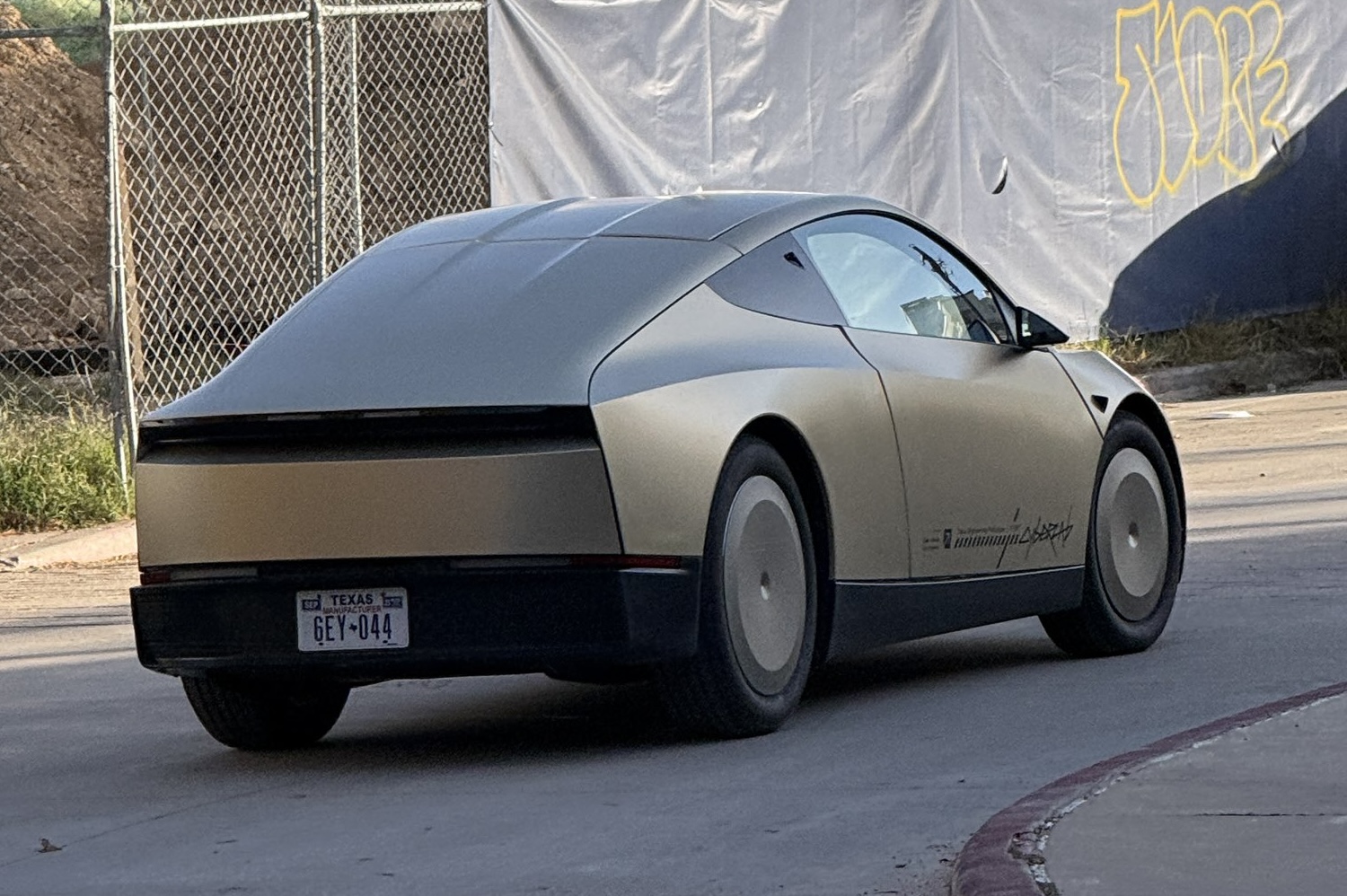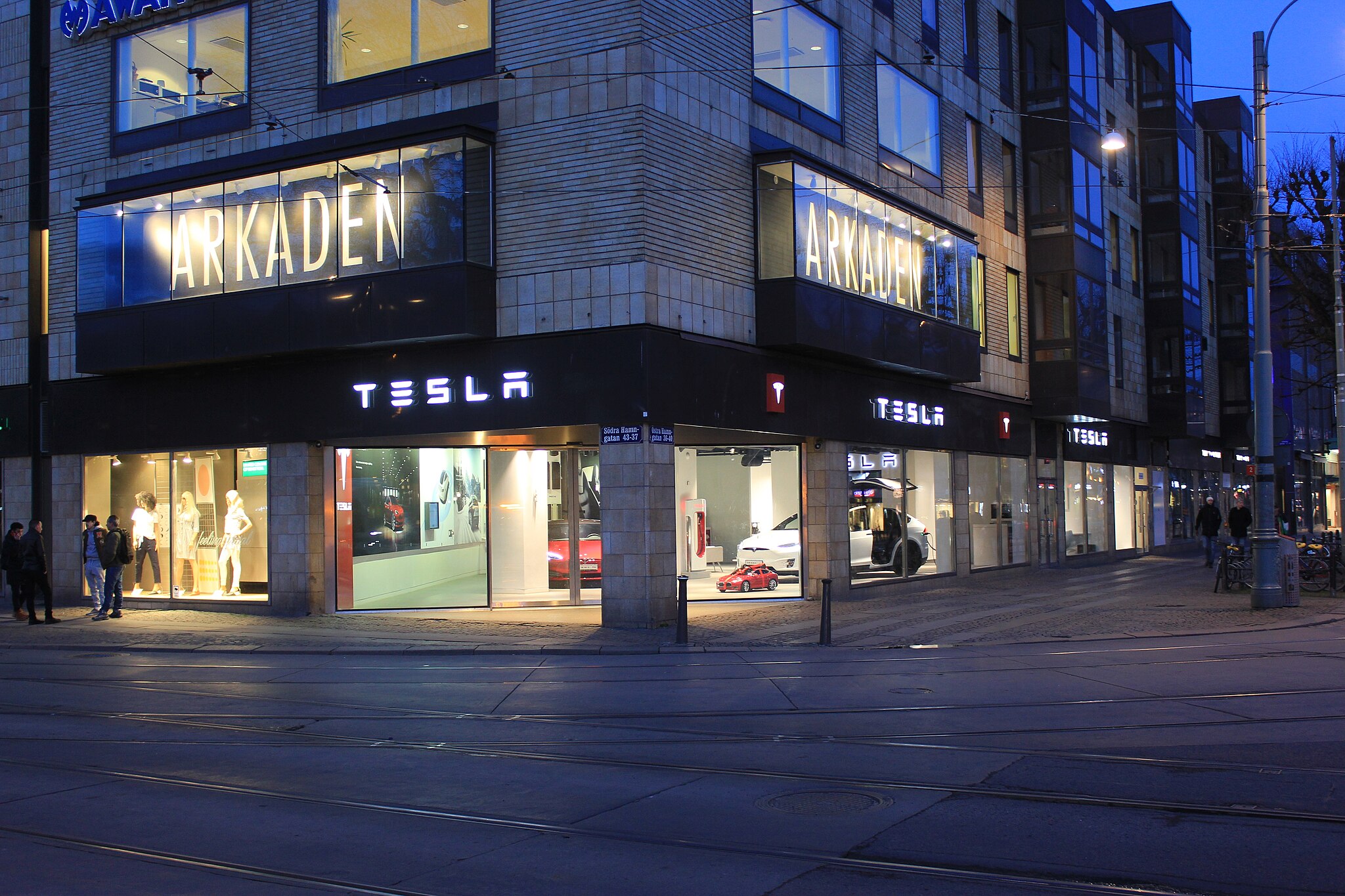Tesla, Volvo, Cadillac, Lexus, and Navya are five car companies under investigation by the National Highway Transportation Safety Administration (NHTSA) for crashes that occurred while Advanced Driver Assistance Systems were activated, the agency said.
The NHTSA released a list of 36 total accidents that occurred in the United States, dating back as far as June 2016. Of the 36 accidents, 30 of them involve Tesla vehicles. Not all of the Teslas listed were utilizing Autopilot, however. Three of the Teslas listed have their cases described as “Electric Vehicle – Not in Autopilot,” according to the list that the NHTSA provided to Teslarati. Additionally, one incident hasn’t been confirmed of whether a Tesla Model S utilized Autopilot during the time of its crash. Five accidents are listed as “More Over Law Special Study,” while one is listed as “Heavy Truck Underride.”
The NHTSA did not provide a statement.
Tesla’s Autopilot systems, despite being proven through statistics to make vehicles nearly 10 times less likely to be involved in an accident compared to a human driver, are still widely considered controversial by many who have not experienced the system. Autopilot is not fully autonomous, and Tesla has never claimed that its vehicles should be operated without the driver paying attention to road conditions or surroundings. However, the company has implemented several safety features to ensure that drivers are paying attention during the use of Autopilot or the Full Self-Driving suite.
On the list are several notable accidents that are recent. One involves the Model S crash in Texas that killed two after catching fire. The NHTSA already performed a preliminary investigation on the accident and determined that Autosteer could not have be engaged where the accident took place.
The NHTSA said:
“The vehicle was equipped with Autopilot, Tesla’s advanced driver assistance system. Using Autopilot requires both the Traffic-Aware Cruise Control and the Autosteer systems to be engaged. 2 NTSB tests of an exemplar car at the crash location showed that Traffic-Aware Cruise Control could be engaged but that Autosteer was not available on that part of the road.”
Another accident, which was listed as “Heavy Truck Underride,” involved a Model Y in Detroit. Despite the local Police department stating that reckless driving was the likely cause of the crash, the NHTSA is still investigating the accident.
Tesla Model Y crash in Detroit likely caused by reckless driving, not Autopilot: police
Volvo is among the other manufacturers on the list, with a March 2017 and a March 2018 accident involving its XC90. The 2017 accident resulted in minor injuries, while the 2018 incident was fatal to the passenger. The XC90 was utilizing ADAS during both accidents, the NHTSA chart says. The Lexus RH450H, the Cadillac CT6 (listed twice), and the Navya Arma were also all listed with ADAS case types, but all of these vehicles had no injuries due to the accidents.
Update: Volvo reached out to Teslarati and indicated that both of their investigations were from Uber test vehicle incidents. The company told us:
“It’s important to note that, to the best of our knowledge, both lines in the NHTSA chart marked as ”XC90” are Uber test vehicle incidents. At the time of the fatal incident, Volvo’s automatic emergency braking system was deactivated for Uber’s testing purposes.”

News
Tesla Cybercab tests are going on overdrive with production-ready units
Tesla is ramping its real-world tests of the Cybercab, with multiple sightings of the vehicle being reported across social media this week.

Tesla is ramping its real-world tests of the Cybercab, with multiple sightings of the autonomous two-seater being reported across social media this week. Based on videos of the vehicle that have been shared online, it appears that Cybercab tests are underway across multiple states.
Recent Cybercab sightings
Reports of Cybercab tests have ramped this week, with a vehicle that looked like a production-ready prototype being spotted at Apple’s Visitor Center in California. The vehicle in this sighting was interesting as it was equipped with a steering wheel. The vehicle also featured some changes to the design of its brake lights.
The Cybercab was also filmed testing at the Fremont factory’s test track, which also seemed to involve a vehicle that looked production-ready. This also seemed to be the case for a Cybercab that was spotted in Austin, Texas, which happened to be undergoing real-world tests. Overall, these sightings suggest that Cybercab testing is fully underway, and the vehicle is really moving towards production.
Production design all but finalized?
Recently, a near-production-ready Cybercab was showcased at Tesla’s Santana Row showroom in San Jose. The vehicle was equipped with frameless windows, dual windshield wipers, powered butterfly door struts, an extended front splitter, an updated lightbar, new wheel covers, and a license plate bracket. Interior updates include redesigned dash/door panels, refined seats with center cupholders, updated carpet, and what appeared to be improved legroom.
There seems to be a pretty good chance that the Cybercab’s design has been all but finalized, at least considering Elon Musk’s comments at the 2025 Annual Shareholder Meeting. During the event, Musk confirmed that the vehicle will enter production around April 2026, and its production targets will be quite ambitious.
News
Tesla gets a win in Sweden as union withdraws potentially “illegal” blockade
As per recent reports, the Vision union’s planned anti-Tesla action might have been illegal.

Swedish union Vision has withdrawn its sympathy blockade against Tesla’s planned service center and showroom in Kalmar. As per recent reports, the Vision union’s planned anti-Tesla action might have been illegal.
Vision’s decision to pull the blockade
Vision announced the blockade in early December, stating that it was targeting the administrative handling of Tesla’s facility permits in Kalmar municipality. The sympathy measure was expected to start Monday, but was formally withdrawn via documents sent to the Mediation Institute and Kalmar Municipality last week.
As noted in a Daggers Arbete report, plans for the strike were ultimately pulled after employer group SKR highlighted potential illegality under the Public Employment Act. Vision stressed its continued backing for the Swedish labor model, though Deputy negotiation manager Oskar Pettersson explained that the Vision union and IF Metall made the decision to cancel the planned strike together.
“We will not continue to challenge the regulations,” Petterson said. “The objection was of a technical nature. We made the assessment together with IF Metall that we were not in a position to challenge the legal assessment of whether we could take this particular action against Tesla. Therefore, we chose to revoke the notice itself.”
The SKR’s warning
Petterson also stated that SKR’s technical objection to the Vision union’s planned anti-Tesla strike framed the protest as an unauthorized act. “It was a legal assessment of the situation. Both for us and for IF Metall, it is important to be clear that we stand for the Swedish model. But we should not continue to challenge the regulations and risk getting judgments that lead nowhere in the application of the regulations,” he said.
Vision ultimately canceled its planned blockade against Tesla on December 9. With Vision’s withdrawal, few obstacles remain for Tesla’s long-planned Kalmar site. A foreign electrical firm completed work this fall, and Tesla’s Careers page currently lists a full-time service manager position based there, signaling an imminent opening.
News
Tesla Semi program Director teases major improvements

Tesla Semi Program Director Dan Priestly teased the major improvements to the all-electric Class 8 truck on Thursday night, following the company’s decision to overhaul the design earlier this year.
Priestley said he drove the Semi on Thursday, and the improvements appear to be welcomed by one of the minds behind the project. “Our customers are going to love it,” he concluded.
Just drove the redesigned Semi. Our customers are going to love it. https://t.co/KZ88sf1CDL
— Dan Priestley (@danWpriestley) December 19, 2025
The small detail does not seem like much, but it is coming from someone who has been involved in the development of the truck from A to Z. Priestley has been involved in the Semi program since November 2015 and has slowly worked his way through the ranks, and currently stands as the Director of the program.
Tesla Semi undergoes major redesign as dedicated factory preps for deliveries
Tesla made some major changes to the Semi design as it announced at the 2025 Annual Shareholder Meeting that it changed the look and design to welcome improvements in efficiency.
Initially, Tesla adopted the blade-like light bar for the Semi, similar to the one that is present on the Model Y Premium and the Cybertruck.
Additionally, there are some slight aesthetic changes to help with efficiency, including a redesigned bumper with improved aero channels, a smaller wraparound windshield, and a smoother roofline for better aero performance.
All of these changes came as the company’s Semi Factory, which is located on Gigafactory Nevada’s property, was finishing up construction in preparation for initial production phases, as Tesla is planning to ramp up manufacturing next year. CEO Elon Musk has said the Semi has attracted “ridiculous demand.”
The Semi has already gathered many large companies that have signed up to buy units, including Frito-Lay and PepsiCo., which have been helping Tesla test the vehicle in a pilot program to test range, efficiency, and other important metrics that will be a major selling point.
Tesla will be the Semi’s first user, though, and the truck will help solve some of the company’s logistics needs in the coming years.










